Three books chart the rise, impact, and scope of virtual worlds
Love them or hate them, virtual worlds are here to stay; and three new books explore their charms and challenges
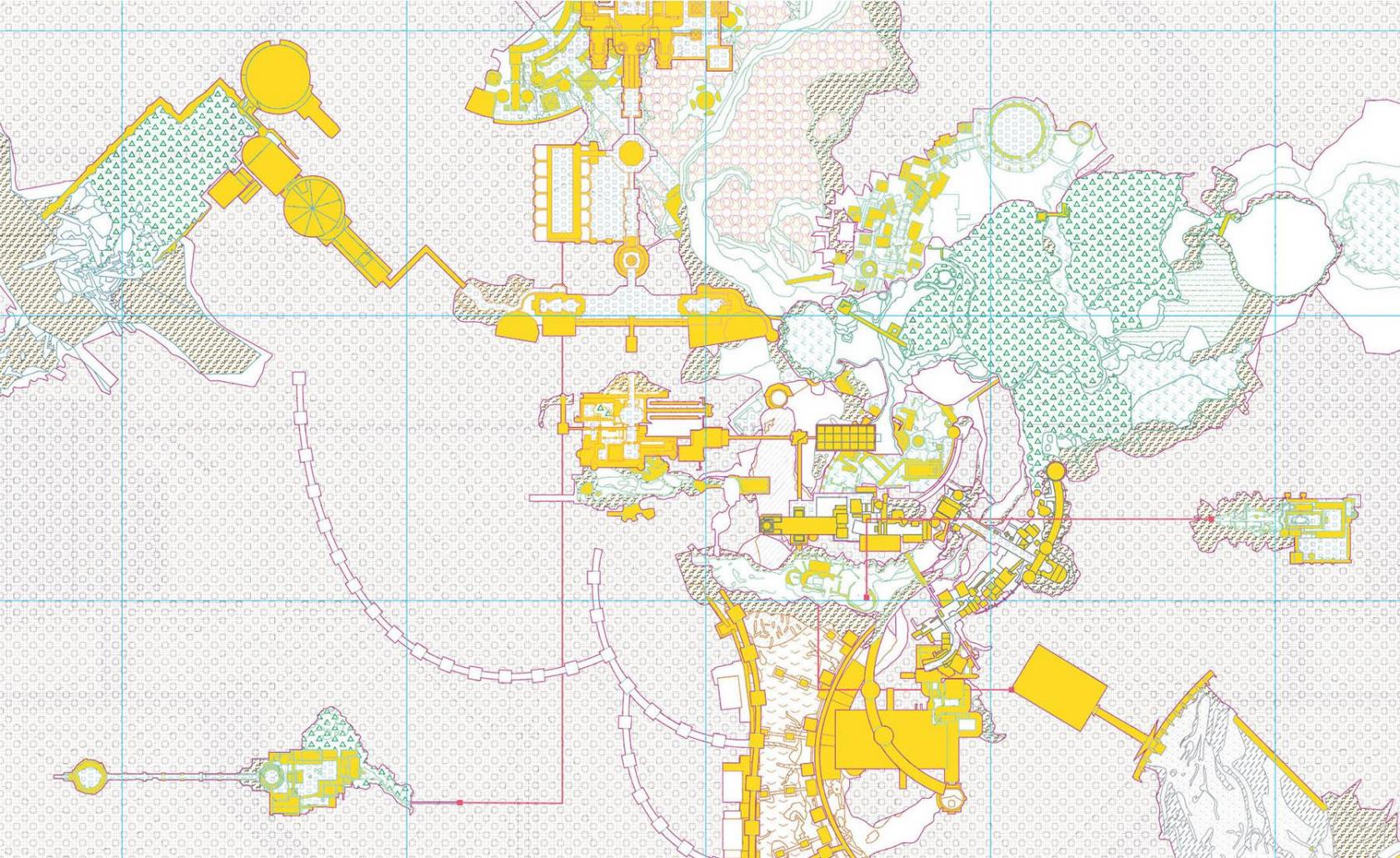
The ongoing blending of real and virtual worlds is causing all sorts of predictable challenges, as opportunities to reshape spaces from scratch come up against existing real-world prejudices and limitations. The metaverse is not without its critics, many of whom are making pioneering ventures into its unforged landscape in order to challenge these presumptions – the recent ‘Worldbuilding’ exhibition (which explores how artists can embrace and subvert the visual language and culture of video games) is a case in point.
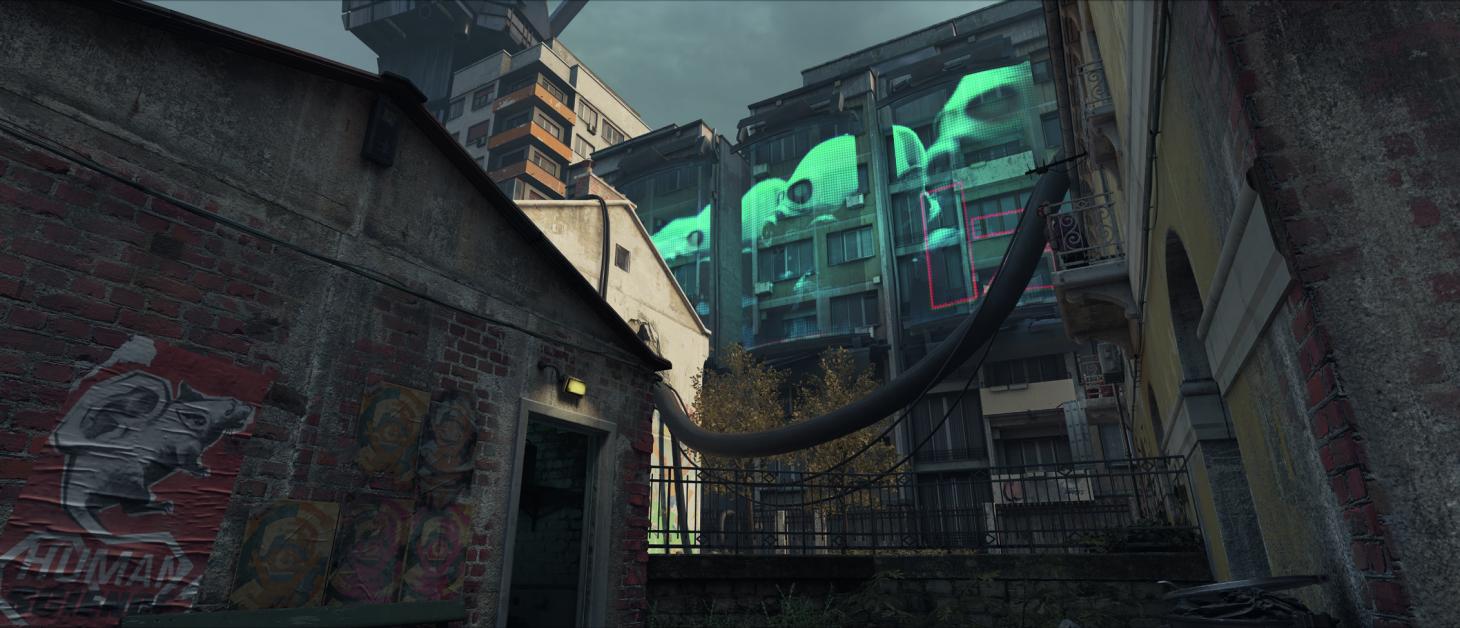
A dystopian cityscape from Half-Life: Alyx, taken from Making Videogames
Video games have been bridging this gap for decades. These worlds also offer unbridled escapism, creating landscapes that live on in our heads long after we’ve put down the controller. These three new titles – physical books, no less – are explorations of how these spaces are shaped and what sort of emotional imprint they leave behind. If you’re mindful of the scope and role of the projected metaverse, remember that video games have already helped shape the spatial perception of several generations of gamers.
To the contemporary city dweller without outside space, spare time, or transportation, a console or PC is a primary form of escapism. These aren’t good things, necessarily, but the emotional heft of an immersive video game doesn’t care if the wind rustling through grass or the rippling reflection of neon in a puddle is real or not; the brain tends to treat it in much the same way.
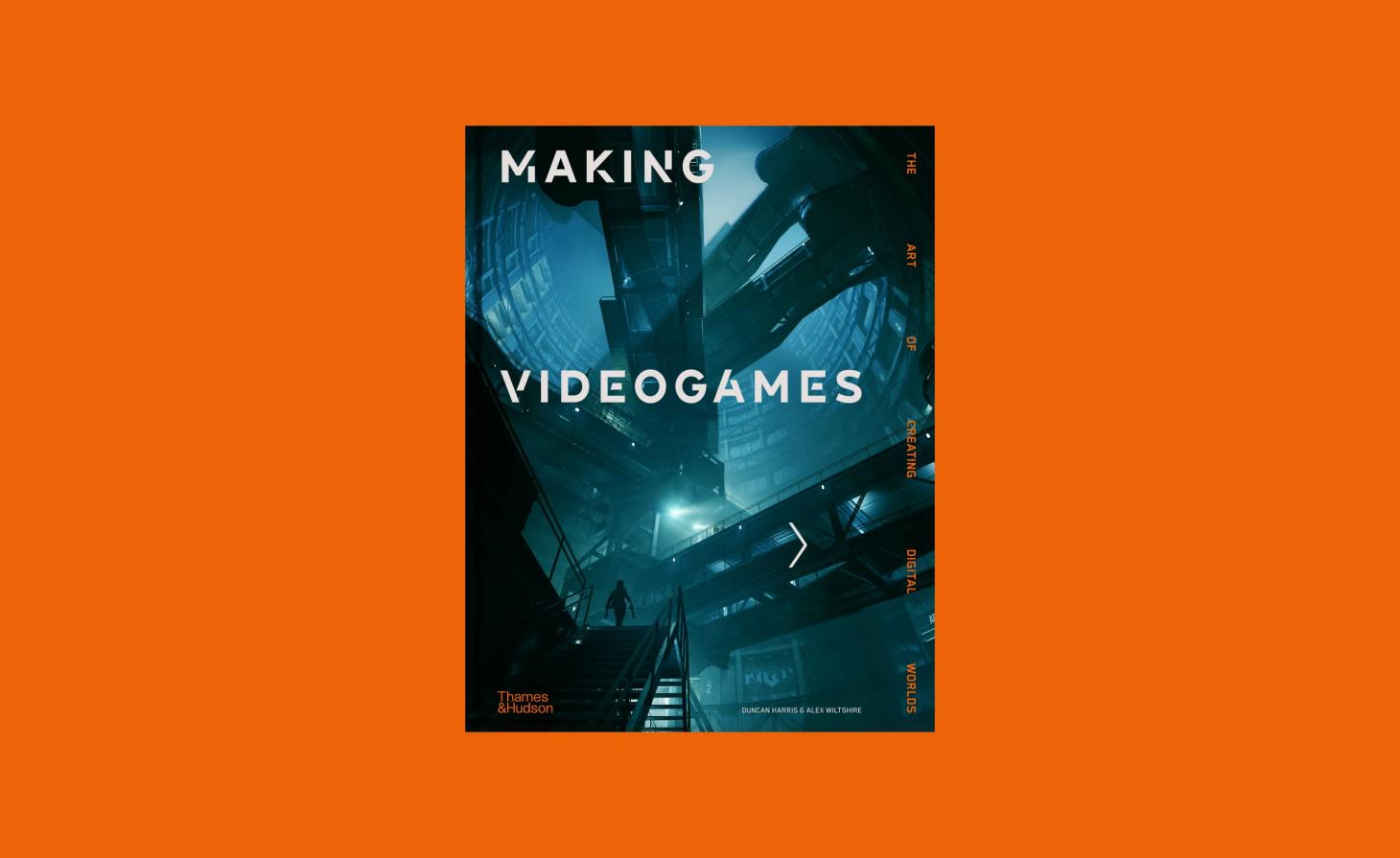
Making Videogames: The Art of Creating Digital Worlds, by Duncan Harris and Alex Wiltshire
Thames & Hudson’s Making Videogames starts with the premise that ‘video games are a visual art’. It’s hard to disagree as we follow the authors’ journey through 12 different examples, revealing the sheer depth of content, research, and craft required to shape the modern game environment.
The influence of cinema is immediately apparent in almost all these case studies, but while ever-accelerating computing power increases photo-realism, it also throws up new complexities and opportunities.

A dystopian cityscape from Half-Life: Alyx, taken from Making Videogames
Authors Duncan Harris and Alex Wiltshire show how advances in lighting, physics, and procedural generation – using a set of predefined parameters to create limitless new content – continue to open up whole new universes. The planets of No Man’s Sky, for example, are a riot of colour and form that evoke the science fiction art of the 1960s and 1970s; the game’s algorithm determines their landscape, palette, flora, and fauna, with over 18 quintillion variations. The game’s universe is, to all intents and purposes, as infinitely vast as our own.
Making Videogames also dives into gaming architecture, from the neo-brutalism of Control’s awe-inspiring interiors to the post-apocalyptic cityscapes of Half-Life: Alyx. There are also digressions on changing approaches to style, as processing power unleashes an unlimited palette of visual approaches, be they retro, hyper-realistic, animé, painterly, or many more.
Receive our daily digest of inspiration, escapism and design stories from around the world direct to your inbox.
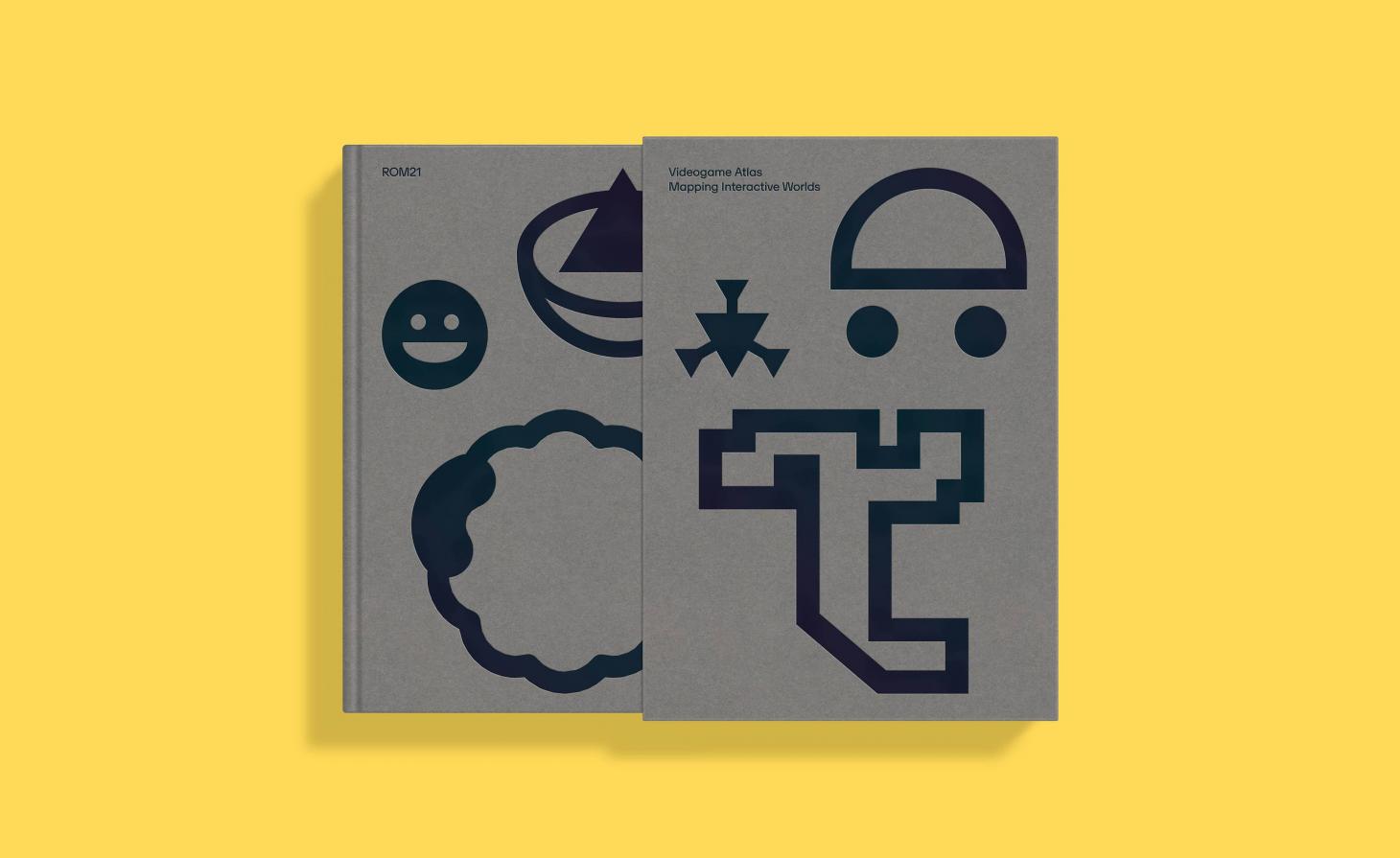
The limited edition of Videogame Atlas, by Luke Caspar Pearson and Sandra Youkhana
Video game worlds are approached from a different tack by architectural designers Luke Caspar Pearson and Sandra Youkhana. Their Videogame Atlas (available as a limited-edition slipcased volume for now, but soon to be published by Thames & Hudson) takes a very technical approach to the vast environments of the modern video game.
Through maps, charts, diagrams, and drawings, Pearson and Youkhana make an equivalence between virtual realms and the built environment, subjecting them to rigorous spatial analysis.

The architecture of Dark Souls, from Videogame Atlas, by Luke Caspar Pearson and Sandra Youkhana
The 12 featured games include No Man’s Sky, Hideo Kojima’s cinematic epic Death Stranding, and Assassin’s Creed Unity, one of an ongoing series of historical adventures that are routinely praised for their forensic level of detail and ability to evoke past historical eras.
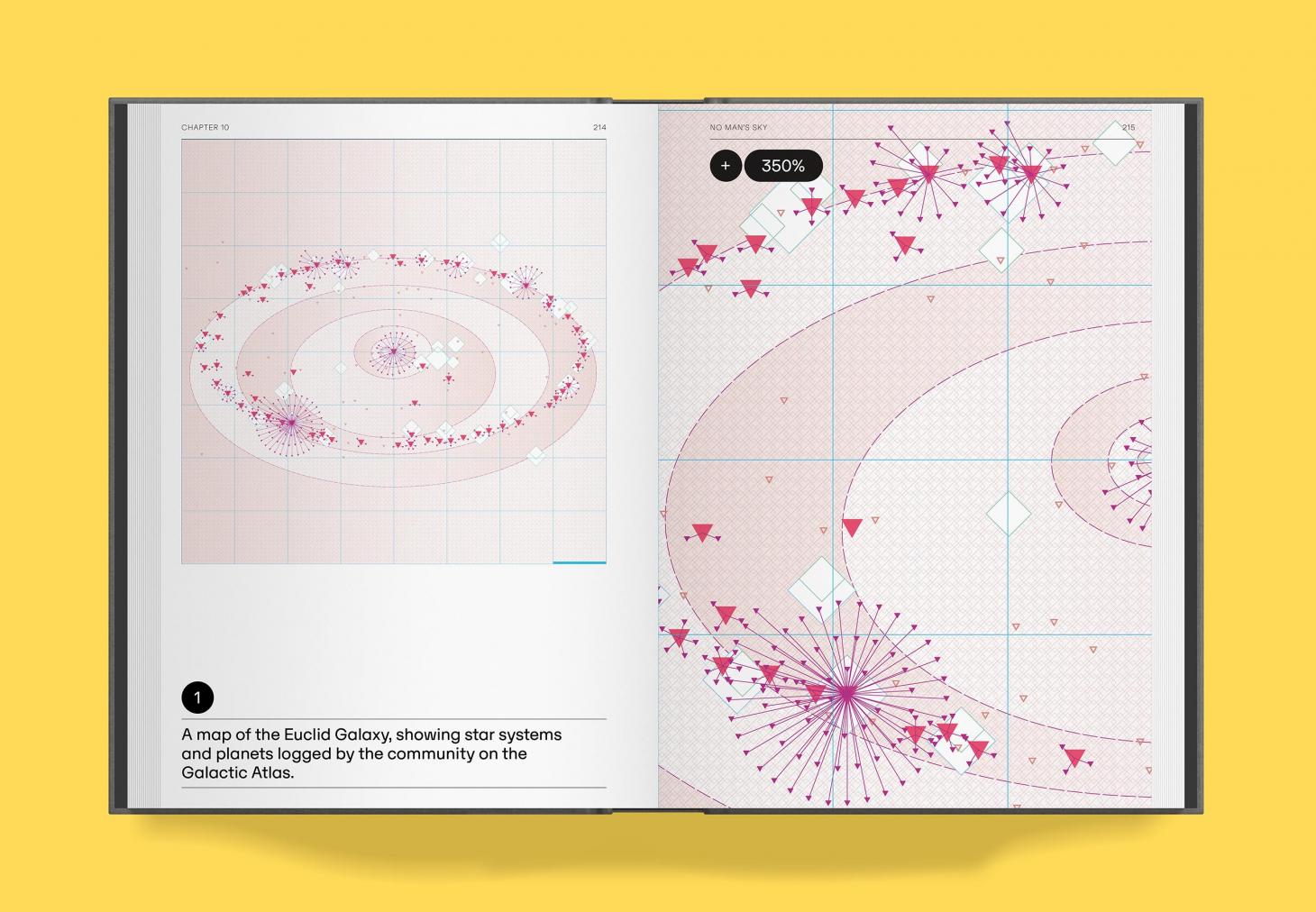
A galaxy map from No Man's Sky, from Videogame Atlas, by Luke Caspar Pearson and Sandra Youkhana
Finally, there’s Genius Loci, a forthcoming memoir/travelogue by the writer and award-winning landscape designer Rob Dwiar. Rather than focus on architecture or topography, Dwiar is looking to place video game landscapes in the historical tradition of taming nature, treating game designers as if they were contemporary versions of Capability Brown, Gertrude Jekyll, or Dan Pearson.
Instead of moving mountains, today’s game designers push pixels, ‘grow’ virtual trees, and shape vistas that can be romantic, menacing, or both.
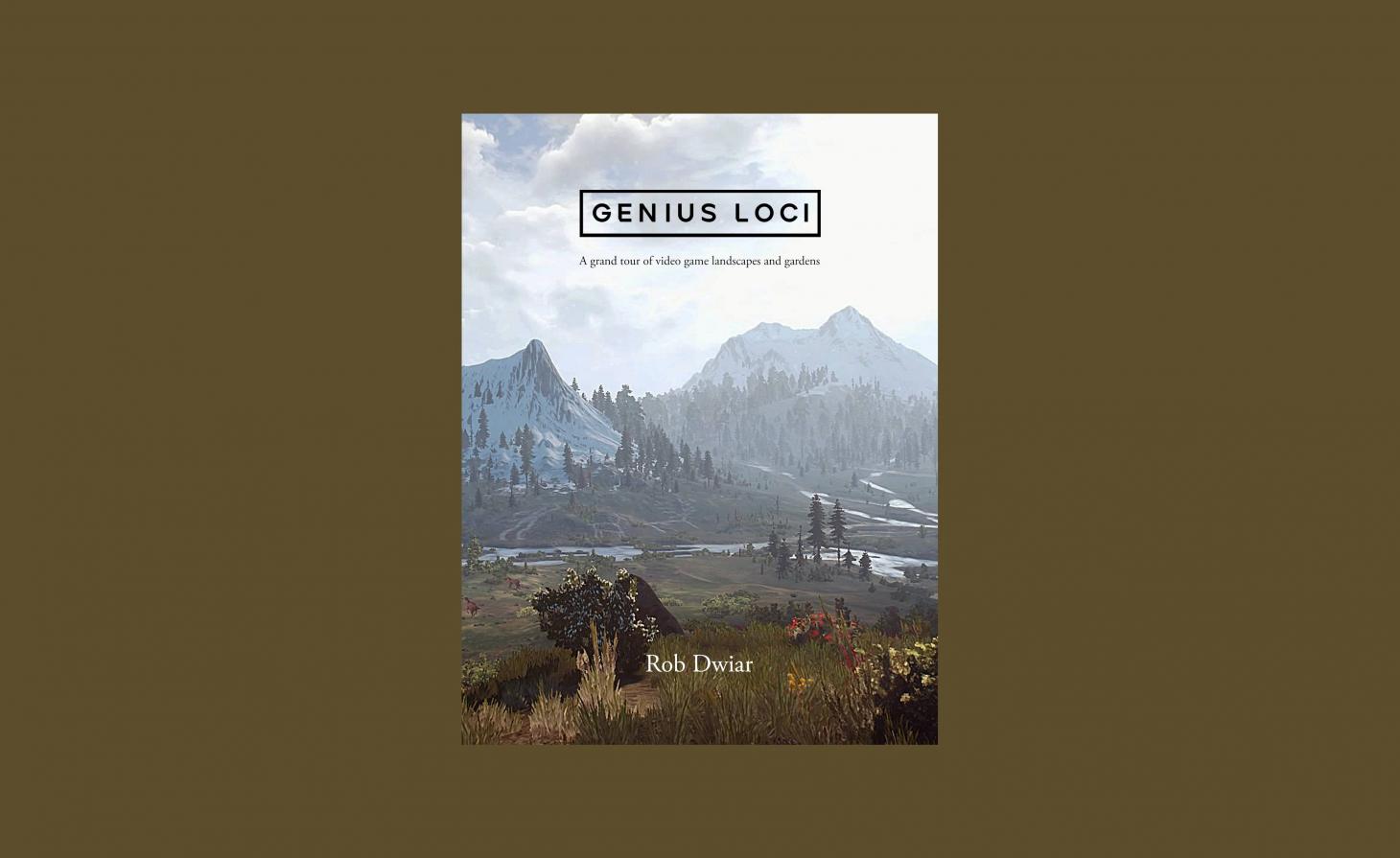
Genius Loci, by Rob Dwiar, forthcoming from Unbound
Just as we carry mental maps of places we’ve been in real life, the virtual spaces of video games can also persist in the mind.
As games become ever more sophisticated and immersive, these boundaries and borders will continue to blur.
INFORMATION
Making Videogames: The Art of Creating Digital Worlds, by Duncan Harris and Alex Wiltshire, Thames & Hudson, £25, ThamesandHudson.com
Videogame Atlas, by Luke Caspar Pearson and Sandra Youkhana, Volume, £75, Vol.co (Thames & Hudson will publish a hardcover edition in October 2022)
Genius Loci, by Rob Dwiar, Unbound, unbound.com
Jonathan Bell has written for Wallpaper* magazine since 1999, covering everything from architecture and transport design to books, tech and graphic design. He is now the magazine’s Transport and Technology Editor. Jonathan has written and edited 15 books, including Concept Car Design, 21st Century House, and The New Modern House. He is also the host of Wallpaper’s first podcast.
-
 Modern masters: the ultimate guide to Keith Haring
Modern masters: the ultimate guide to Keith HaringKeith Haring's bold visual identity brought visibility to the marginalised
-
 Discover a hidden culinary gem in Melbourne
Discover a hidden culinary gem in MelbourneTucked away in a central Melbourne park, wunderkind chef Hugh Allen’s first solo restaurant, Yiaga, takes diners on a journey of discovery
-
 Nina Christen is the designer behind fashion’s favourite – and most playful – shoes
Nina Christen is the designer behind fashion’s favourite – and most playful – shoesShe’s created viral shoes for Loewe and Dior. Now, the Swiss designer is striking out with her own label, Christen
-
 David Kohn’s first book, ‘Stages’, is unpredictable, experimental and informative
David Kohn’s first book, ‘Stages’, is unpredictable, experimental and informativeThe first book on David Kohn Architects focuses on the work of the award-winning London-based practice; ‘Stages’ is an innovative monograph in 12 parts
-
 Explore Tom Kundig’s unusual houses, from studios on wheels to cabins slotted into boulders
Explore Tom Kundig’s unusual houses, from studios on wheels to cabins slotted into bouldersThe American architect’s entire residential portfolio is the subject of a comprehensive new book, ‘Tom Kundig: Complete Houses’
-
 A new photo book explores the symbolic beauty of the Japanese garden
A new photo book explores the symbolic beauty of the Japanese garden‘Modern Japanese Gardens’ from Thames & Hudson traces the 20th-century evolution of these serene spaces, where every element has a purpose
-
 Modernist Travel Guide: a handy companion to explore modernism across the globe
Modernist Travel Guide: a handy companion to explore modernism across the globe‘Modernist Travel Guide’, a handy new pocket-sized book for travel lovers and modernist architecture fans, comes courtesy of Wallpaper* contributor Adam Štěch and his passion for modernism
-
 Wild sauna, anyone? The ultimate guide to exploring deep heat in the UK outdoors
Wild sauna, anyone? The ultimate guide to exploring deep heat in the UK outdoors‘Wild Sauna’, a new book exploring the finest outdoor establishments for the ultimate deep-heat experience in the UK, has hit the shelves; we find out more about the growing trend
-
 Ten contemporary homes that are pushing the boundaries of architecture
Ten contemporary homes that are pushing the boundaries of architectureA new book detailing 59 visually intriguing and technologically impressive contemporary houses shines a light on how architecture is evolving
-
 Take a deep dive into The Palm Springs School ahead of the region’s Modernism Week
Take a deep dive into The Palm Springs School ahead of the region’s Modernism WeekNew book ‘The Palm Springs School: Desert Modernism 1934-1975’ is the ultimate guide to exploring the midcentury gems of California, during Palm Springs Modernism Week 2025 and beyond
-
 Meet Minnette de Silva, the trailblazing Sri Lankan modernist architect
Meet Minnette de Silva, the trailblazing Sri Lankan modernist architectSri Lankan architect Minnette de Silva is celebrated in a new book by author Anooradha Iyer Siddiq, who looks into the modernist's work at the intersection of ecology, heritage and craftsmanship